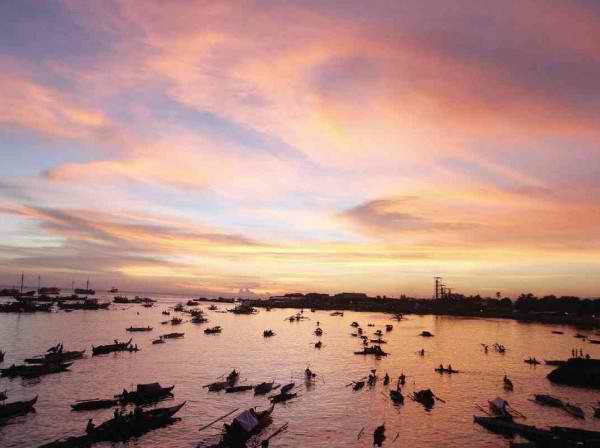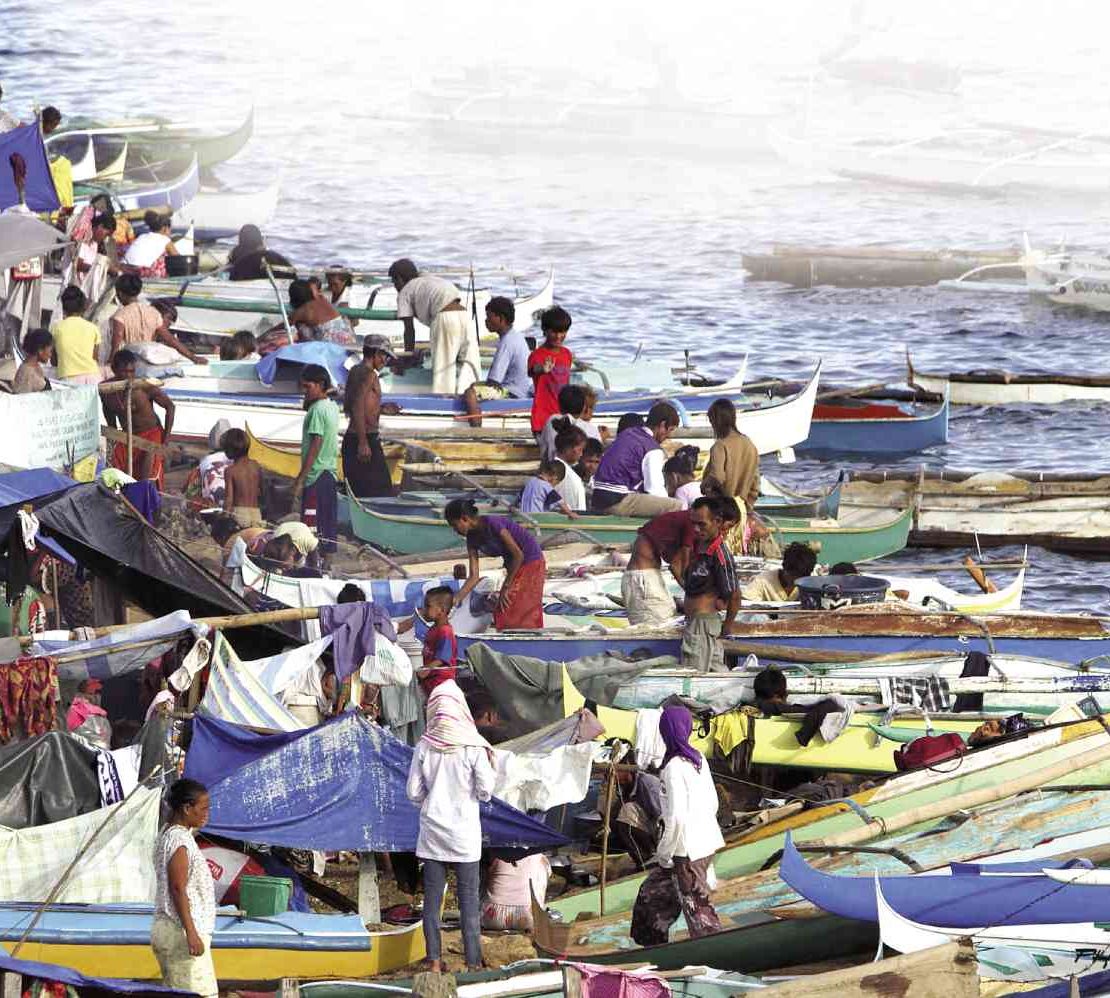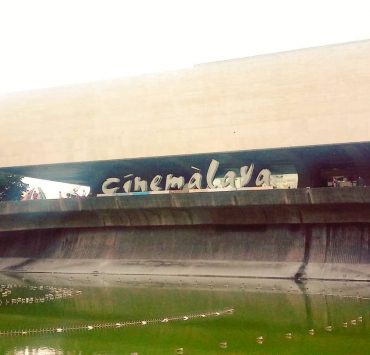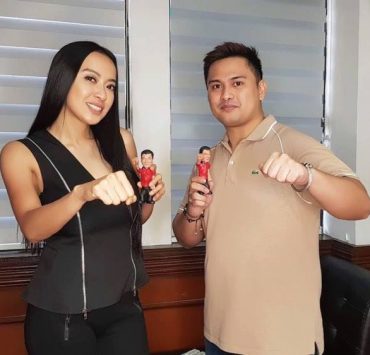Let’s talk about the Badjaos.
An IP (Indigenous People) group, the badjaos (also spelled as badjau or badyaw) are a seafaring nomadic tribe spread throughout Mindanao and some parts of Malaysia. Because of their lifestyle, they are sometimes referred to as sea gypsies.
As a Mindanaoan, I’ve witnessed how much these people are discriminated against. As painful as it is to admit, I know many fellow Mindanaoans who say “badjao” like it’s a dirty word. I’ve also seen people go the other way and romanticize them (an old professor used to pontificate on how the badjaos would lie on their bangkas, their backs to the hard wood, and sleep facing the starry night sky, leaving their destinations all to the sea).
Notice who’s absent from that paragraph? The badjaos themselves.

We can talk all we want about how the Filipino language sufficiently represents our people, but here’s the rub: In forming a national language, some languages were left by the wayside. It’s hard enough to communicate with a people whose language is different from yours. It’s much harder when their language is being systematically erased. Couple this with their nomadic lifestyle, and you have a whole group of Filipino people who are treated like outsiders by their own countrymen. Thankfully, this new dictionary available on the Google Playstore tries to bridge that gap and recognizes their language for what it is.
The language that our local Badjao speak is a dialect of Sinama, of the Sama people. Borrowing from the app’s description, “Central Sinama is a language of the Philippines and Malaysia (known in Malaysia as Bajau). It is one of 9 separate but related Sama-Badjaw languages. Speakers of the language number in the hundreds of thousands. Dialects belonging to the language include: Sama Dilaut (in all regions of Zambasulta and diaspora communities), Sama Siasi (including those from Buliꞌ Kullul, Kūd-Kūd, Laminusa, Manubal, Musuꞌ, Punungan, Sibaud, Siganggang, Silompak, Sisangat), as well as those from Bannaran, Bintawlan, & Tabawan in Tawi-Tawi, and Kabingaꞌan in Sulu and many of the Sama residents of the Zamboanga Peninsula.”
The dictionary, released by Kauman Sama Online, was already in the works before it was conceived as a phone app. A collaboration between the Department of Education, SIL Philippines, and numerous Sama individuals, it took “over half a century to make.” Aside from the dictionary, Sama phrase books, musical guides, and stories have also been released by the group.
Come on, it’s Buwan ng Wika. Try to learn at least a few phrases.
Photos courtesy of Inquirer.net
Get more stories like this by subscribing to our newsletter here.
Read more:
Ever wondered how indigenous groups bury their dead?
A play about indigenous peoples of Mindanao takes center stage in NYC
This commercial just revealed internalized discrimination against indigenous peoples
Writer: ZOFIYA ACOSTA




